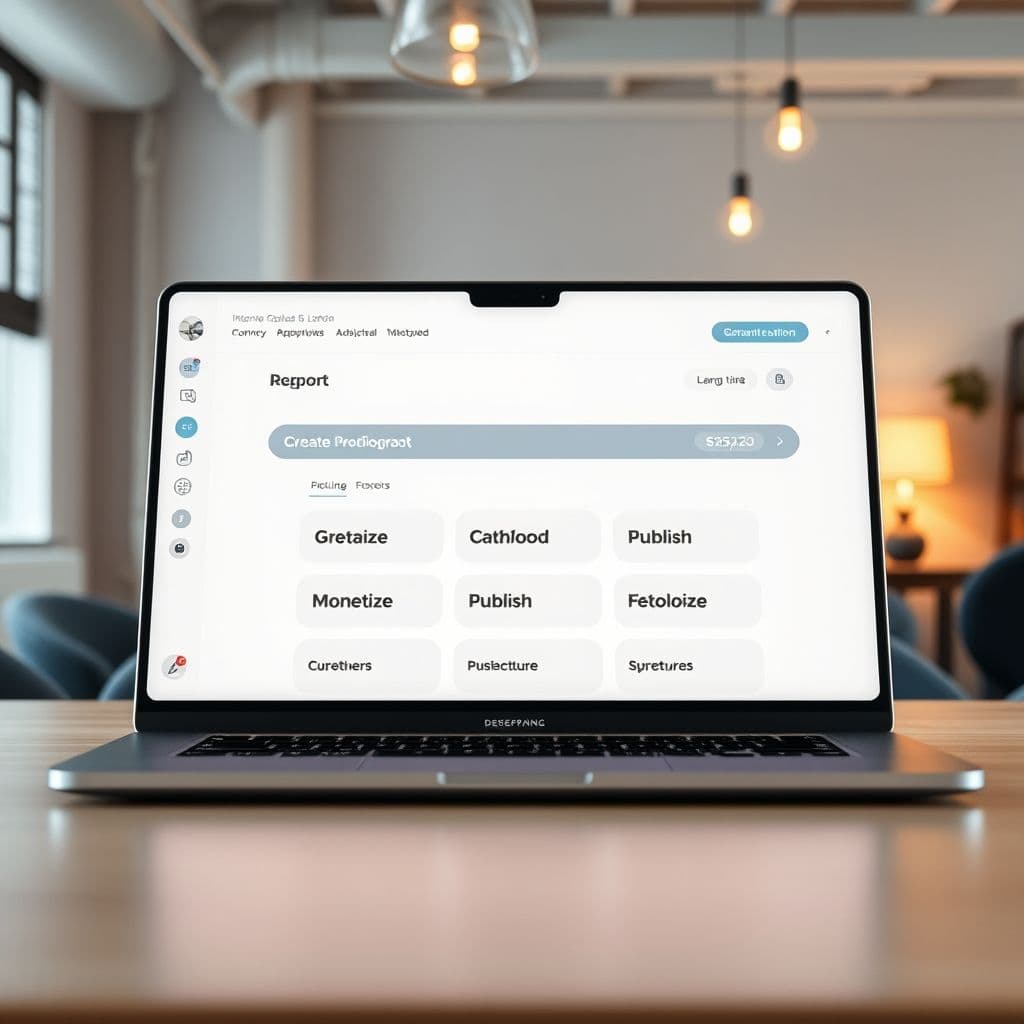How AI Can Automate Digital Product Creation for Non-Tech Users

In today's digital economy, creating and selling digital products is one of the most accessible ways to generate passive income. However, many aspiring creators struggle with the technical complexities of content creation, automation, and monetization. What if there was an AI-powered solution designed specifically for non-technical users to streamline this entire process?
The Problem: Barriers to Digital Product Creation
Many aspiring digital entrepreneurs face significant challenges when trying to create and monetize digital products. The process typically requires technical skills in content creation tools, marketing automation, and e-commerce platforms. As seen in the TikTok comments, users express frustration with expensive tools ($19/month being considered pricey), detection of AI-generated content, and the need for multiple tools to achieve their goals. The core pain points include: technical complexity, high costs, time-consuming workflows, and the challenge of making content appear authentically human.

The SaaS Solution: AI-Powered Digital Product Studio
Imagine a unified platform that combines AI content generation with built-in monetization features, specifically designed for non-technical users. This hypothetical SaaS solution could offer: 1) AI-assisted content creation with built-in humanization features, 2) One-click product packaging (eBooks, courses, templates), 3) Automated sales funnel setup, and 4) Integrated payment processing. Unlike existing tools that require stitching together multiple services, this would be an all-in-one solution with a simple, intuitive interface.
Key differentiators would include: automatic content optimization for human-like quality, smart templates for different product types, and built-in guidance for best monetization practices. The platform could use adaptive AI that learns from user feedback to continuously improve output quality.

Potential Use Cases and Benefits
This solution could empower various types of users: 1) Side hustlers looking to create their first digital product, 2) Content creators wanting to monetize their expertise, and 3) Small business owners seeking passive income streams. Benefits would include reduced technical barriers, faster time-to-market for products, and higher quality outputs without requiring design or writing expertise. The platform could potentially integrate with popular tools like Canva and ChatGPT while providing a simpler abstraction layer.
Conclusion
As the demand for digital products continues to grow, there's a clear need for solutions that democratize access to creation and monetization tools. An AI-powered platform designed specifically for non-technical users could unlock new opportunities for millions of aspiring digital entrepreneurs. While this concept presents technical challenges in implementation, the market potential is significant given the growing creator economy.
Frequently Asked Questions
- How would this differ from existing AI writing tools?
- Unlike standalone AI writers, this hypothetical platform would focus specifically on the end-to-end digital product creation process, integrating content generation with product packaging, marketing automation, and monetization in one workflow.
- What would be the biggest technical challenge in building this?
- The main challenges would be creating sufficiently human-like content across different formats while maintaining simplicity, and developing smart automation that adapts to different product types without requiring technical configuration.
- Could this really work for complete beginners?
- The success would depend on the interface design and onboarding process. The platform would need to guide users through each step with clear instructions and templates, abstracting away technical complexities.


